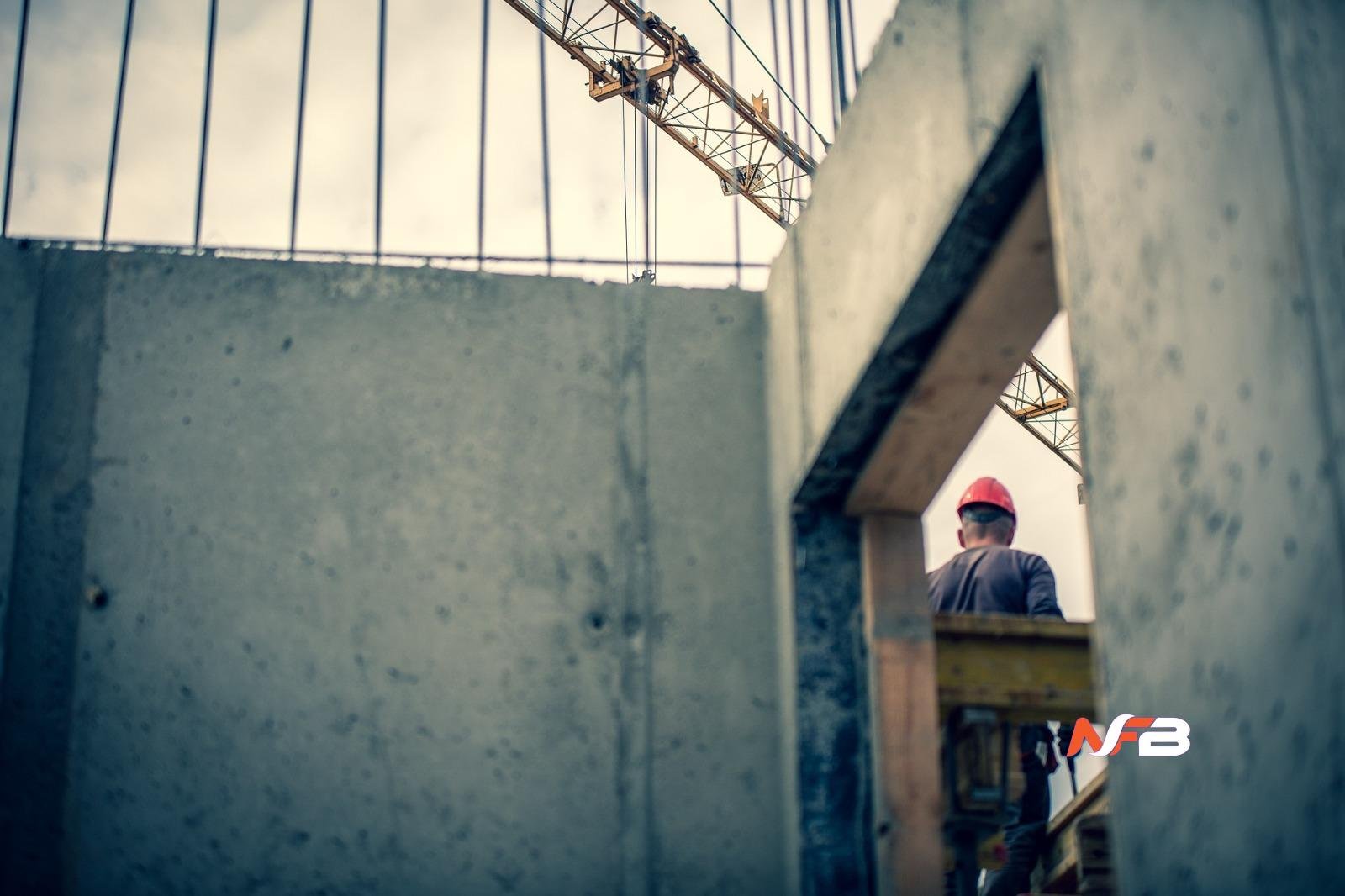Modern technology is becoming an indispensable component of contemporary construction. Implementing new technologies allows for faster, more efficient, and often cheaper project completion. Additionally, numerous innovations can minimise the risk of human error and improve safety. In this article, we will explore nine modern technologies that are shaping the future of the construction industry.
Building Information Modelling (BIM)
Building Information Modelling (BIM) is an advanced technique that enables the creation of three-dimensional models of buildings with detailed information about every construction element. BIM allows construction companies to precisely plan complex projects such as L-shaped loft conversions, roof extensions, and other house refurbishments, minimising the risk of errors and optimising costs. This technology enhances collaboration between different teams involved in a project, leading to increased efficiency and quality of execution.
3D Printing
3D printing is another technology gaining popularity in the construction industry. It allows for the creation of complex building structures using materials such as concrete, metal, and plastics. 3D printing enables the rapid and precise production of construction elements, significantly reducing project completion time. For example, 3D tech printing is used to construct modern building facades and custom decorative elements that would be challenging to create using traditional methods.
Robotics
Robotics technology is widely applied in construction, particularly in tasks requiring precision and repeatability. Construction robots are increasingly involved in demolishing buildings, quality control, and material transportation. Robotics significantly increases work efficiency and improves the quality of execution, which is vital for the development of any construction company.
Automation
The automation of construction processes is another step towards increasing efficiency and reducing costs. Automation systems enable the management of various aspects of construction, from monitoring work progress to managing materials. Automation is especially valuable for large projects, where coordinating multiple activities is crucial to success. It allows construction companies to focus on more complex tasks while leaving routine duties to machines.
Artificial Intelligence (AI)
Artificial intelligence is finding broader applications in the construction industry. AI can analyse vast amounts of data, predict potential problems, propose construction solutions, and optimise processes. For example, AI can help predict equipment failures, allowing for maintenance planning and minimising downtime. AI is also used to analyse costs, structural calculations and schedules, enabling more precise project planning.
Drones
Drones have revolutionised construction site monitoring. They enable quick and accurate data collection on work progress and the technical condition of structures. Drones can also deliver building materials to hard-to-reach places, significantly streamlining project execution. Additionally, drones are invaluable for documenting work progress and presenting updates to the business partners and clients.
Virtual Reality (VR) and Augmented Reality (AR)
Virtual Reality (VR) and Augmented Reality (AR) technologies bring a new dimension to construction project design and execution. VR allows for creating realistic visualisations of projects, making it easier for clients to understand and approve plans. AR overlays virtual elements on the real-world view, which is incredibly helpful for inspections and assembling complex structures. These technologies enable construction companies to present projects interactively to the new construction contractors and potential clients.
Internet of Things (IoT)
The Internet of Things (IoT) is a concept that involves connecting various devices and systems into a network, allowing for remote monitoring and management. In construction, IoT is used to monitor site conditions, manage resources, and control building parameters. IoT sensors can track humidity and temperature, allowing for quick responses to changes and reducing the risk of damage. This equipment can also swiftly inform of hazards and prevent accidents, which remain a significant challenge in the construction industry.
Prefabrication
Prefabrication involves manufacturing building elements in a factory rather than on the construction site. In this case, the construction team only assembles the ready-made components on site. Prefabrication significantly shortens project completion time and reduces costs. The prefabricated elements are produced with high precision, ensuring high quality and durability of structures. Prefabrication is especially useful in constructing large structures like apartment blocks or office














Leave a Reply